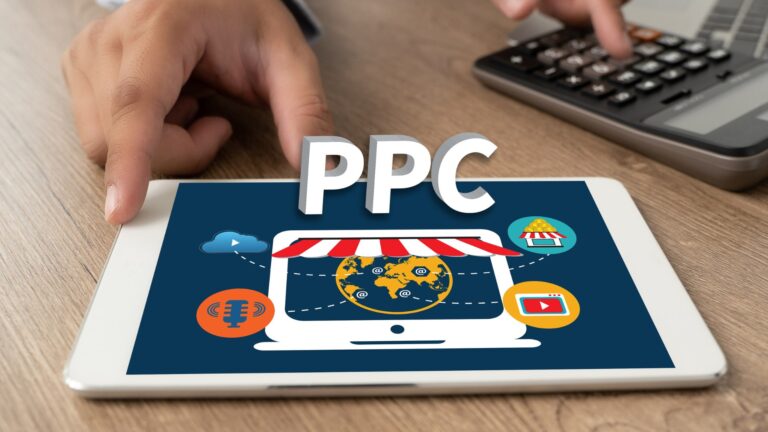Introduction

In the ever-evolving landscape of digital marketing, staying ahead of the curve is paramount to success. With the introduction of iOS privacy changes, particularly iOS 14’s App Tracking Transparency (ATT) framework, the advertising ecosystem has encountered a seismic shift. For PPC (Pay-Per-Click) and paid social advertisers, these changes bring both challenges and opportunities. In this guide, we’ll delve into the intricacies of surviving and thriving amidst iOS privacy changes, providing actionable strategies for optimizing your campaigns.
Understanding iOS Privacy Changes

Before delving into strategies, it’s crucial to grasp the essence of iOS privacy changes and their implications for digital advertising. With iOS 14, Apple introduced ATT, requiring app developers to obtain user consent before tracking their data across apps and websites owned by other companies. This means that users are now empowered to choose whether to allow tracking or opt out, disrupting the traditional data collection methods utilized by advertisers.
Challenges Faced by PPC and Paid Social Advertisers in Digital Advertising Campaigns
The iOS privacy changes pose several challenges for PPC and paid social advertisers:
Limited Audience Insights:

With more users opting out of tracking, advertisers face a scarcity of valuable audience insights, hindering their ability to effectively target and retarget users.
Reduced Ad Personalization:

The decline in tracking data availability restricts ad personalization capabilities, leading to less relevant ad experiences for users and potentially lower conversion rates.
Impact on Conversion Tracking:

Conversion tracking accuracy may diminish as a result of user opt-outs, making it challenging to attribute conversions accurately and optimize campaign performance.
Ad Revenue Optimization:

For publishers and app developers relying on ad revenue, iOS privacy changes could lead to a decline in ad revenue due to reduced targeting capabilities and lower ad engagement.
Strategies for Survival and Success
Despite these challenges, PPC and paid social advertisers can adapt and thrive in the post-iOS privacy era by implementing the following strategies:
Focus on First-Party Data:

Prioritize the collection and utilization of first-party data obtained directly from your audience through opt-ins, subscriptions, and engagement metrics. Leveraging your own data assets can mitigate the impact of third-party data limitations.
Embrace Contextual Targeting:

Shift towards contextual targeting strategies that rely on the content and context of the platform or website where the ad is displayed, rather than user-specific data. Contextual targeting ensures relevance without relying on individual user tracking.
Explore Alternative Tracking Methods:

Investigate alternative tracking methods and technologies that comply with privacy regulations while providing valuable insights into user behavior. Solutions like probabilistic modeling and aggregate measurement can offer insights into campaign performance without relying on individual user data.
Optimize Campaign Structures:

Refine your campaign structures and targeting parameters to maximize efficiency and reach within the constraints of limited tracking data. Segment audiences based on observable behaviors and preferences, and test different audience combinations to identify high-performing segments.
Diversify Ad Platforms:

Diversify your ad spend across multiple platforms to reduce dependence on any single platform affected by iOS privacy changes. Explore emerging platforms and channels that offer innovative targeting options and less reliance on user tracking.
Invest in Creative Excellence for Google Ads:

Elevate the quality and creativity of your ad creatives to capture audience attention and drive engagement organically. Compelling visuals, persuasive copywriting, and interactive ad formats can enhance ad effectiveness without relying solely on targeting precision.
Optimize Landing Pages and User Experience for Google Analytics:

Ensure that your landing pages and website offer a seamless user experience optimized for conversion. Streamline navigation, minimize load times, and provide relevant content to maximize the impact of your ad campaigns and compensate for reduced targeting precision.
Conclusion

Navigating iOS privacy changes requires adaptability, creativity, and strategic foresight from PPC and paid social advertisers. By understanding the challenges posed by these changes and implementing proactive strategies to mitigate their impact, advertisers can continue to drive meaningful results and ROI from their campaigns. Embracing first-party data, exploring alternative tracking methods, and prioritizing creative excellence are essential pillars of success in the post-iOS privacy era. By staying informed, agile, and innovative, advertisers can not only survive but thrive in the new landscape of digital advertising.




































